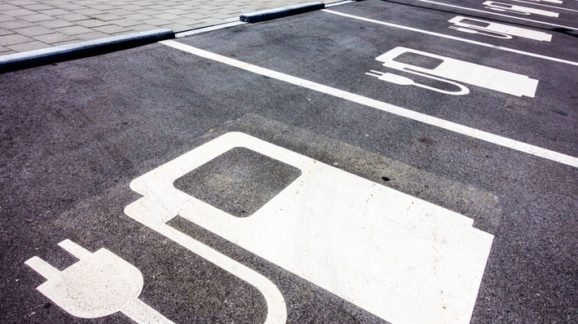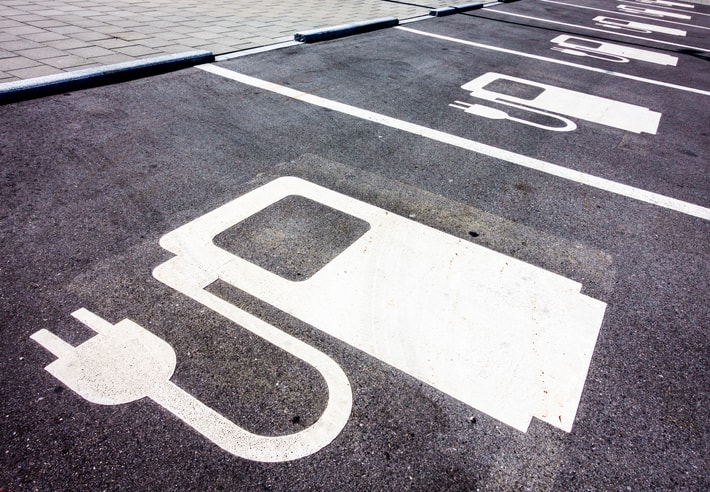California’s Rolling Blackouts Cast Further Doubt on Electric Vehicles’ Future

Photo Credit: Getty
 For all the hype, and all the subsidies, electric vehicle (EV) sales are barely a rounding error compared to internal combustion engine vehicles. 2019 was the best year yet for EV sales in the U.S., but they still accounted for less than 400,000 of the 17 million new cars and light trucks purchased. This is not nearly good enough for those who see climate change as an existential threat and for which transportation contributes nearly a third of American greenhouse gas emissions. Proponents of the failed 2019 Green New Deal promised a “goal to replace every combustion engine vehicle” over a 10-year time span, and similar proposals will undoubtedly return regardless of the outcome of the upcoming elections. However, California’s rolling blackouts underscore the difficulties that a massive scaling up of EVs would entail.
For all the hype, and all the subsidies, electric vehicle (EV) sales are barely a rounding error compared to internal combustion engine vehicles. 2019 was the best year yet for EV sales in the U.S., but they still accounted for less than 400,000 of the 17 million new cars and light trucks purchased. This is not nearly good enough for those who see climate change as an existential threat and for which transportation contributes nearly a third of American greenhouse gas emissions. Proponents of the failed 2019 Green New Deal promised a “goal to replace every combustion engine vehicle” over a 10-year time span, and similar proposals will undoubtedly return regardless of the outcome of the upcoming elections. However, California’s rolling blackouts underscore the difficulties that a massive scaling up of EVs would entail.
The problem is that EVs don’t really reduce emissions of carbon dioxide or smog-forming compounds very much if coal is still a significant part of the electricity mix. That is why supporters of more EVs also support much more renewable electricity. And this is where the blackouts provide a teachable moment.
The wind doesn’t always blow and solar power stops at sundown, which is why these intermittent renewables need to be backed up, either by other electricity sources that can quickly and economically fill the gap when needed, or batteries that have enough stored power to do so. But in California—where natural gas, coal, nuclear, and hydroelectric are all on the hit list—there isn’t always enough non-renewable electricity to fill the void. And at present, battery storage is minimal compared to the need. The shortfall is especially bad right after sundown on extremely hot days, when solar cuts out but demand for air conditioning doesn’t wane until later in the evening. Hence the rolling blackouts.
An agenda requiring order-of-magnitude increases in both EV sales and renewable generation would make things far worse for electric reliability as well as for affordability.
First, there is the increased demand if electricity is going to supplant all or most of the transportation energy currently provided by the 142 billion gallons of gasoline Americans used in 2019. By one estimate, an all-EV America would require another 13 percent more electricity, which, if provided by wind turbines, would require an estimated 31,000 square miles.
Then there is the extreme cost of scaling up stationary battery storage to fully back up renewables (some estimates reach in the trillions), especially if done concurrently with an equally ambitious scaling up of EV batteries. Each alone would be a big challenge and a strain on some of the needed resources like cobalt, lithium, and rare earths. Together, both would seem impossible, especially if attempted over the span of less than two decades.
For these and other reasons, the California rolling blackouts are an early warning should we travel further down the path toward subsidizing or mandating more EVs along with more renewable electricity.